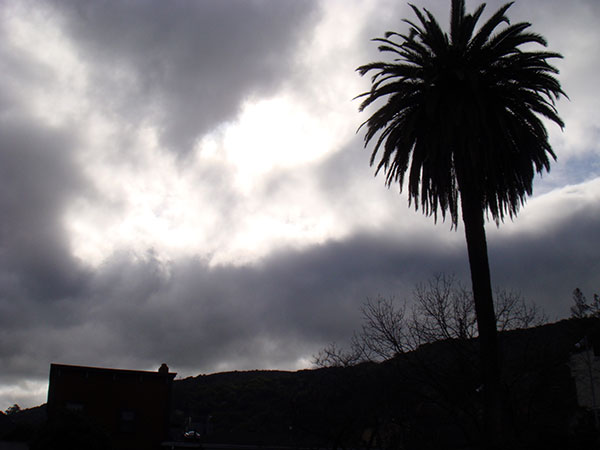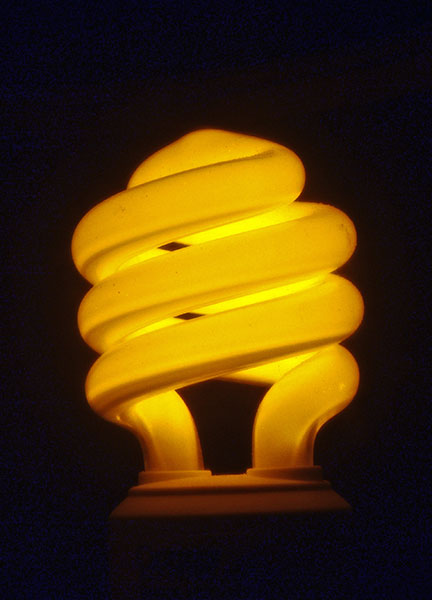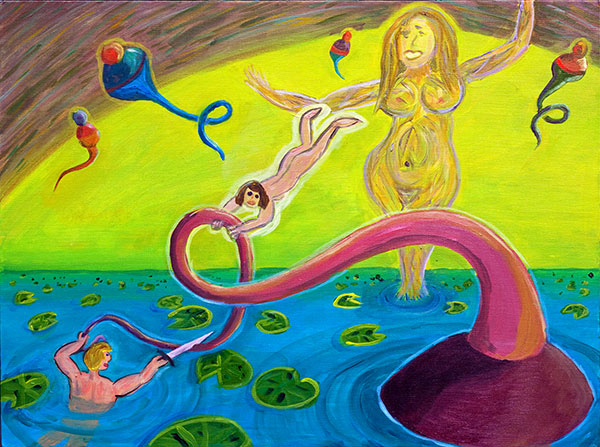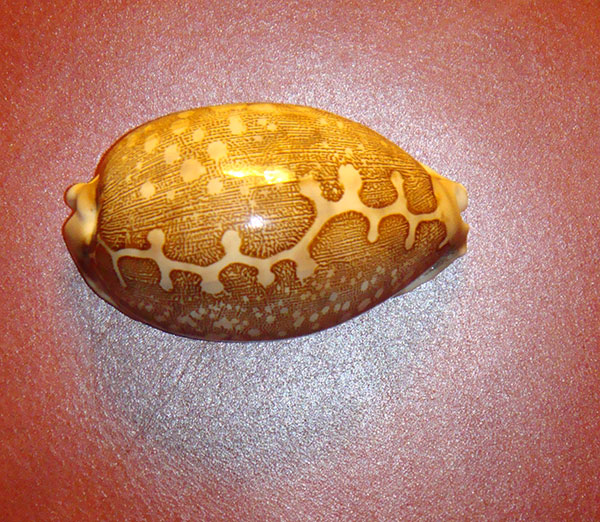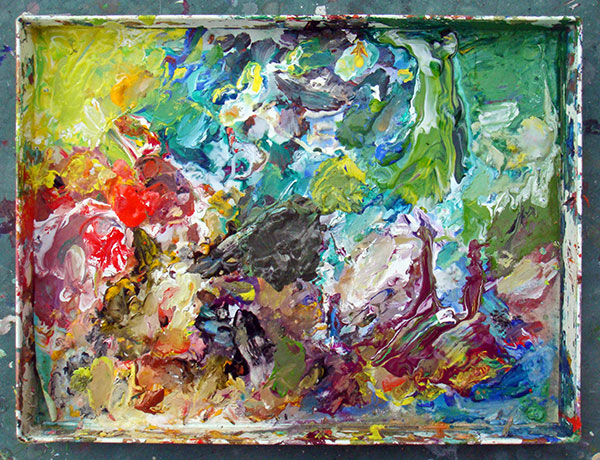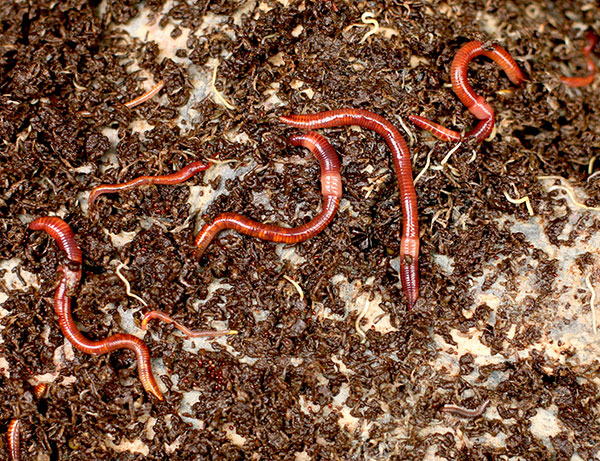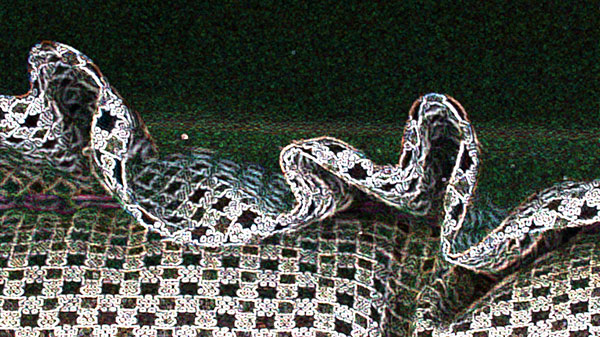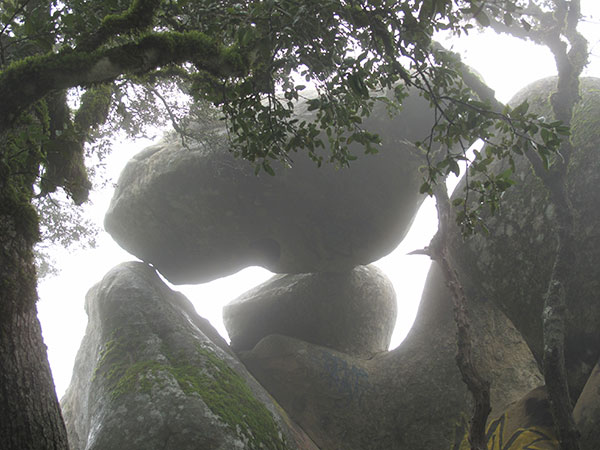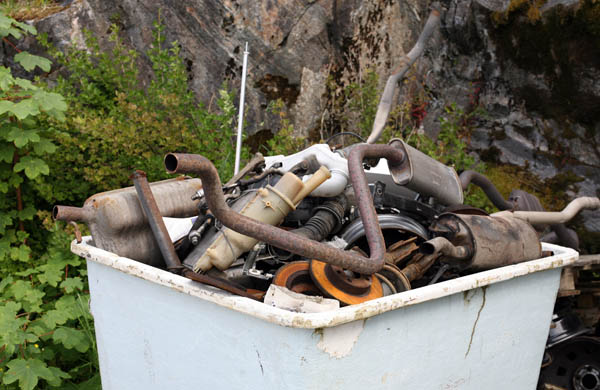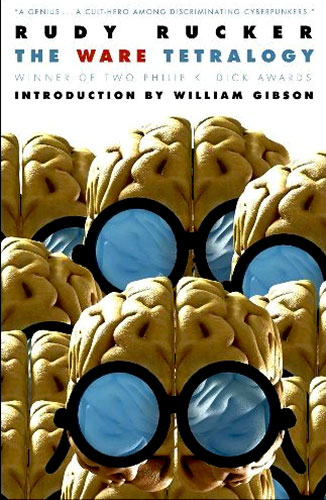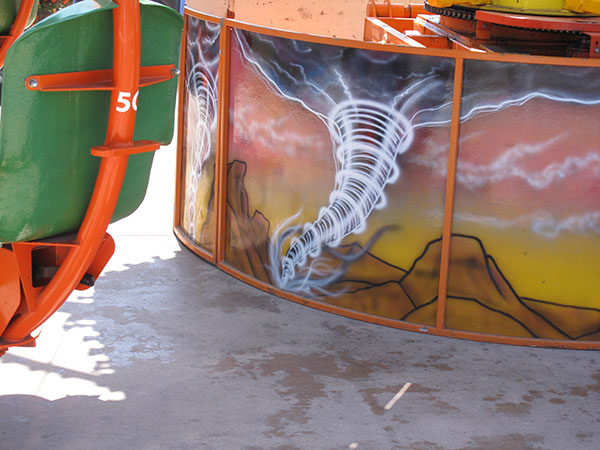I finished writing Jim and the Flims this week and sent it off to my agent. I think it turned out quite well—this fall I was feeling a little uncertain, but I think I pulled the book together very nicely over the last few months. I’d even go so far as to say that Jim and the Flims rocks.
In any case, I’m done with it for awhile. Eventually, as it moves towards publication, I’ll be going over it again, at least for copy editing, but right now I’m off duty.

[The photos today are from my new Canon S90.]
It’s always bittersweet to finish working on a novel. I get to love the characters and their world, and I’m sorry to leave them. When I’m working on a novel, I have something to do all the time, something to think about. This latest trek took me a year and two months.
When I start, the finish seems mythical, imaginary, a dream. And I’ve heard novelists say that there’s a period in the middle when it’s like you’re rowing across a vast sea or lake—you can no longer see the starting point, and the ending isn’t in sight. And then, as the months wear on, I become desperate to finish, bent on bringing down my quarry. Putting it differently, carrying the weight of the incubating novel becomes unendurable. I long for deliverance. And then, in a rush, it comes.
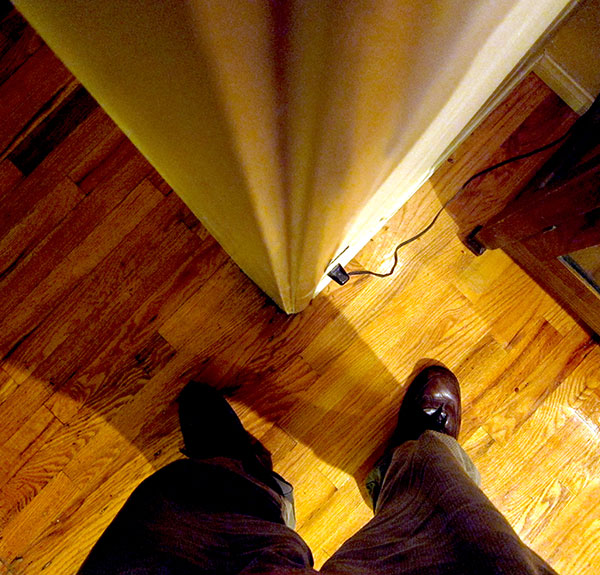
For distraction I’ve been painting again. And I have my new Canon S90 to play with. It just arrived day before yesterday, and I haven’t really used it out in great shooting conditions, mostly I’ve been shooting in semi-darkness around the house. The image quality seems pretty decent, and the thing fits in my pocket. I’m still just barely learning how to tweak the thing for optimum image quality, so don’t judge the camera too harshly on the basis of today’s so-so pix.

I’ve been doing a little business as well. It looks like my memoir Nested Scrolls will come out in a collector’s edition from the high-quality PS Publishing in England late in 2010 or early in 2011. And the Tor/Forge will probably publish an edition in the US in the fall of 2011.

I’ve been straightening out my ebook contracts and editions, too. I dug out all my old book contracts and figured out who I’ve assigned e-rights to, and so on. And my agent and I are getting some of the contract clauses straightened out.
Even though ebooks probably accounted for less than 5% of publishers’ sales last year, writers, agents and publishers are getting the feeling that the e-wave is finally starting to rise—so we’re all paddling like mad to get into place.

It’s been raining pretty much this week, but the papers don’t seem to mention it. My theory is that the all-bad-news media only likes to report on rain:
(a) If they can say, “Well, we’re still having a drought, and this rain isn’t enough,”
(b) If they can report some hideous accident or power outage, or
(c) They can say, “We’ve had too much rain, and mudslides are imminent.”
Right now we’re getting just enough of the rain we need, everything is green and growing, and spring is inching forward—and it may not be news, but it’s wonderful.

So now what do with myself with my novel done? For sure I’m not going to dive into another novel right away. In the immediate future, I’ll be putting together issue #9 of my webzine FLURB. And then maybe I’ll write some articles and stories.

Or just relax and take it easy for a month or two. Walk in the woods, go to the beach, visit San Francisco, like that.










